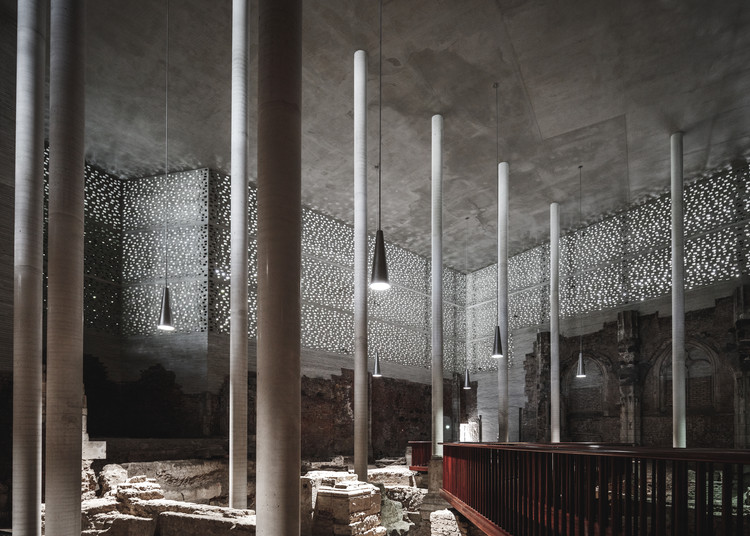
Contrary to how Hollywood movies portray the quintessential architect—creative, sensitive, and virtually flawless—architects are a diverse bunch of fallible people. This stems from the fact that the study and practice of architecture are wrought with several “perils.” Architecture school is a beast, if not the profession at large, and it essentially reinvents the psyche of its students by simultaneously breaking them down and building them up—say hello to unresolved issues!
While this process produces bright intellectuals with a deep understanding of architecture’s place in society, it can also end up shaping architects into pretentious snobs. Young architects invariably graduate with a distinct outlook on life. Pair that with a largely thankless job and architects soon discover that they can only relate to other architects. Rare friends who bravely stand by an architect through thick and thin deserve a strong pat on the back because architects, despite their innumerable charms, exhibit several incredibly annoying traits. The following is a compilation of eight complaints that non-architect friends and partners have against their architect counterparts:









































__Anpu_Varkey___photo_by_Akshat_Nauriyal.jpg?1501258835)


